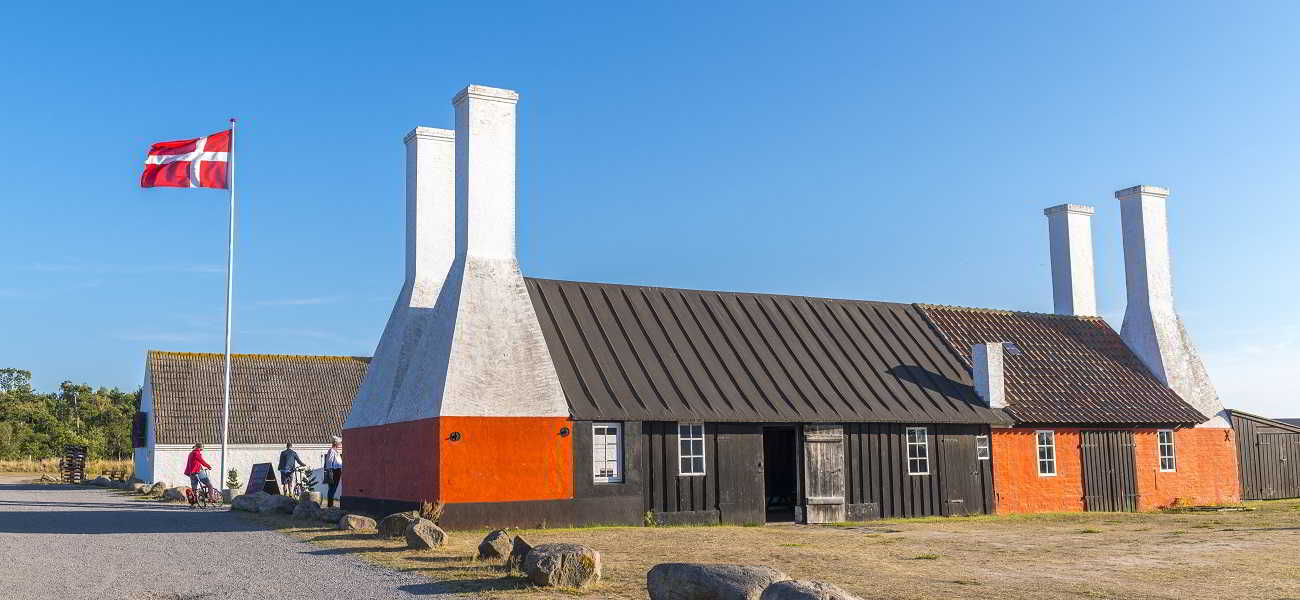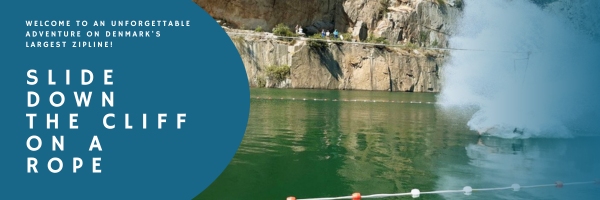 Museums on Bornholm
Museums on Bornholm
The museums on Bornholm are not just about the history of the island, there are also museums of modern art, a museum of natural history, a museum of agriculture, a museum of horticulture, a museum of handicrafts and applied arts, and much more. A visit to the museums of Bornholm is always worthwhile, as you can learn and understand a lot about the island and its people.
Visit the Bornholm museums








